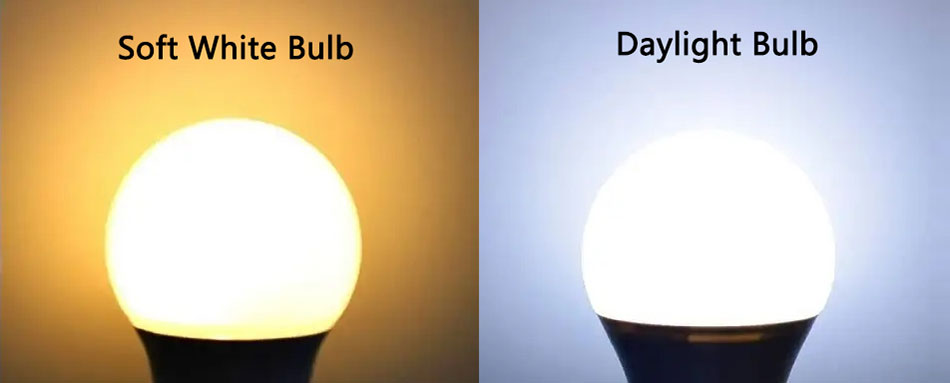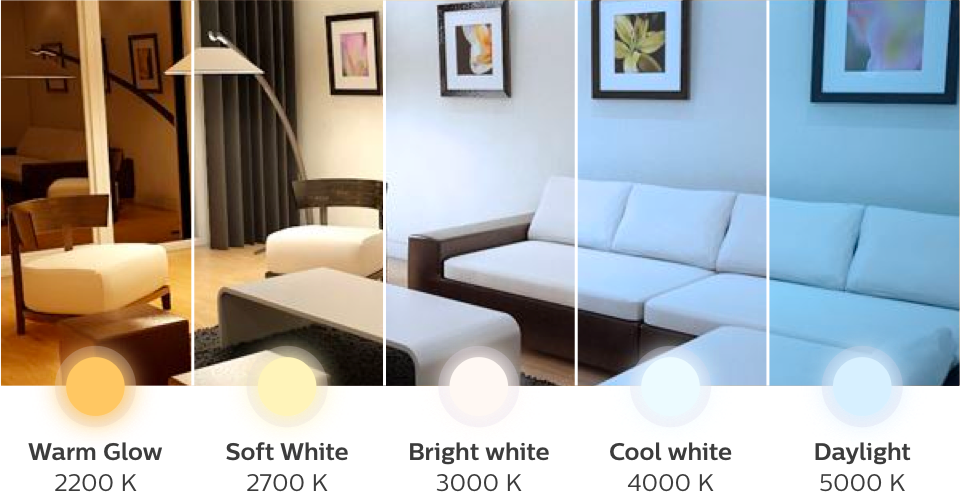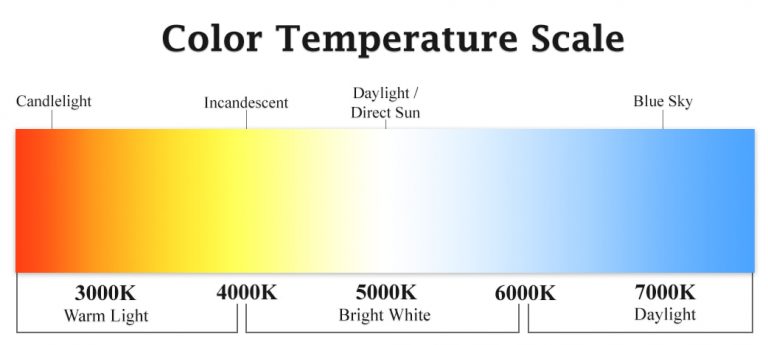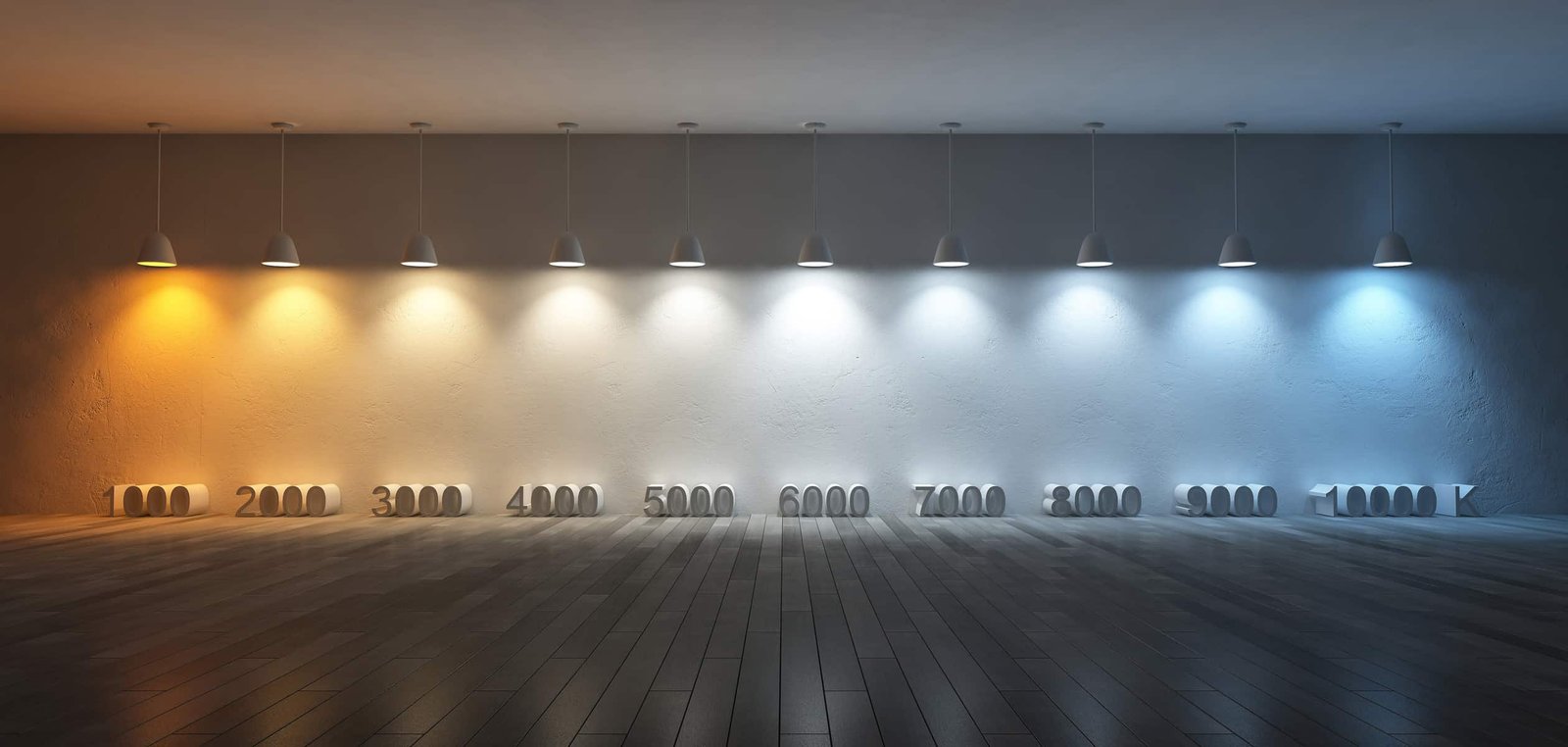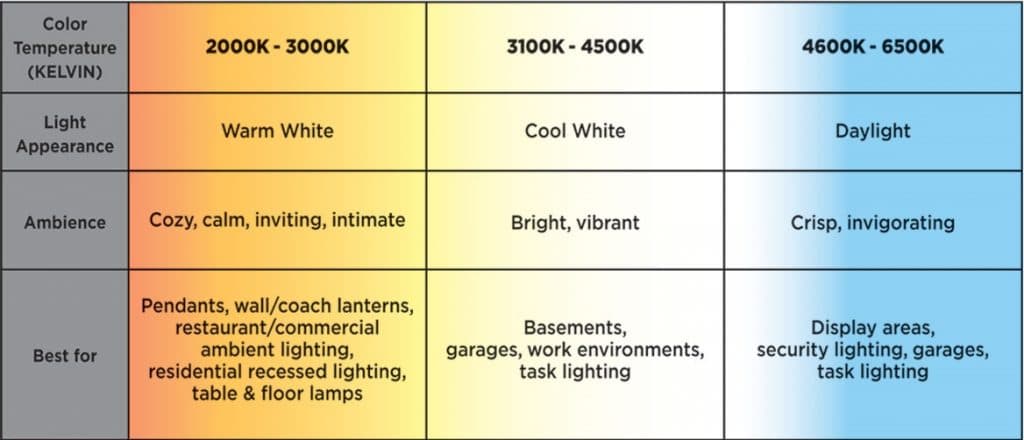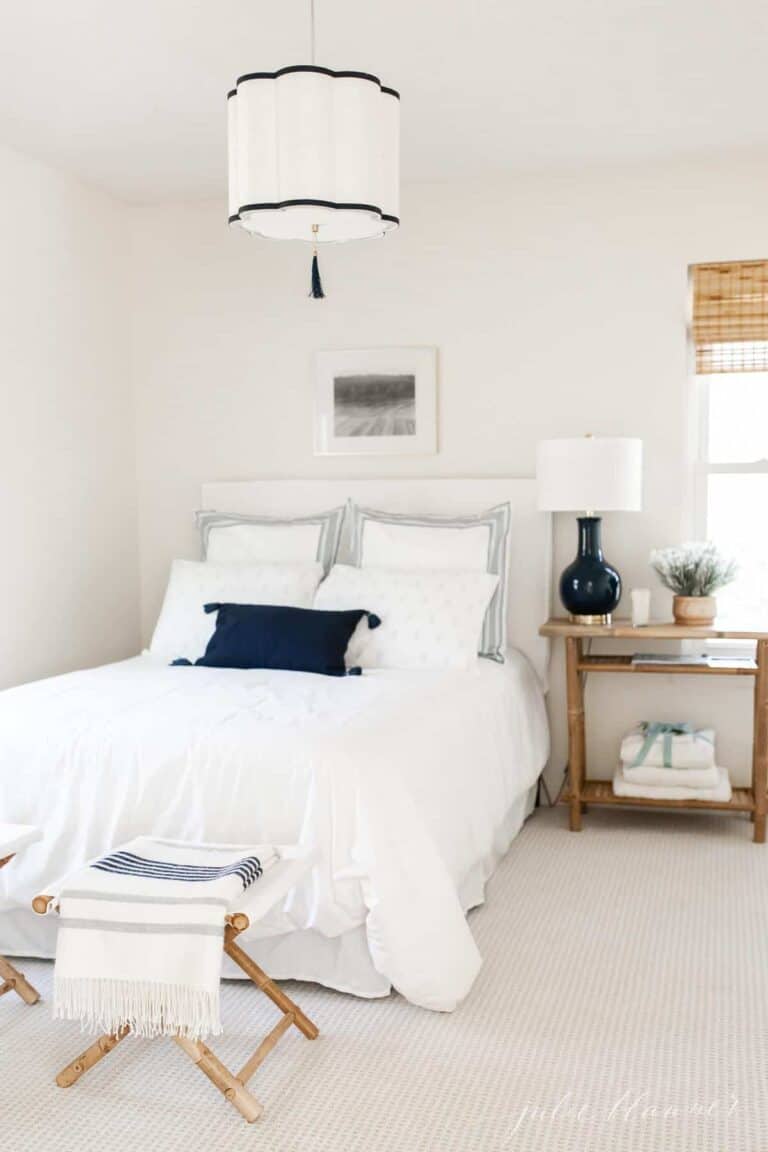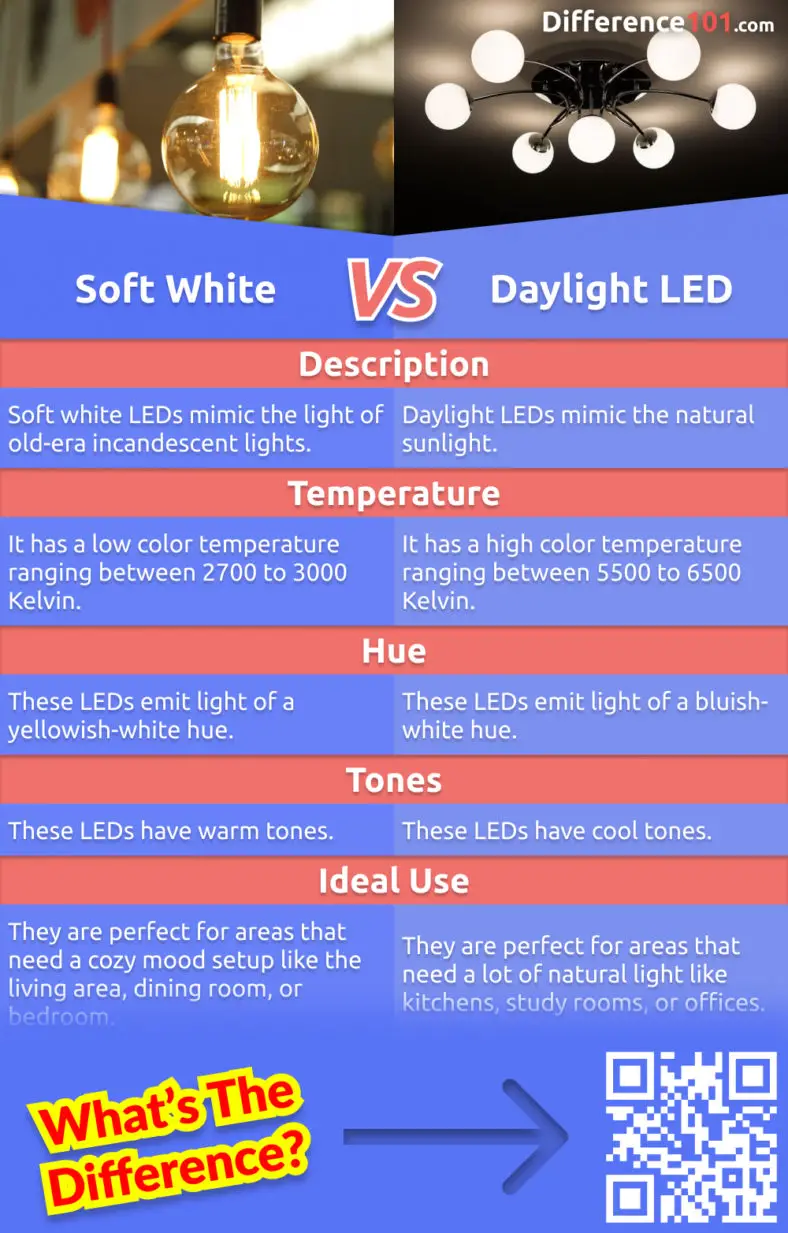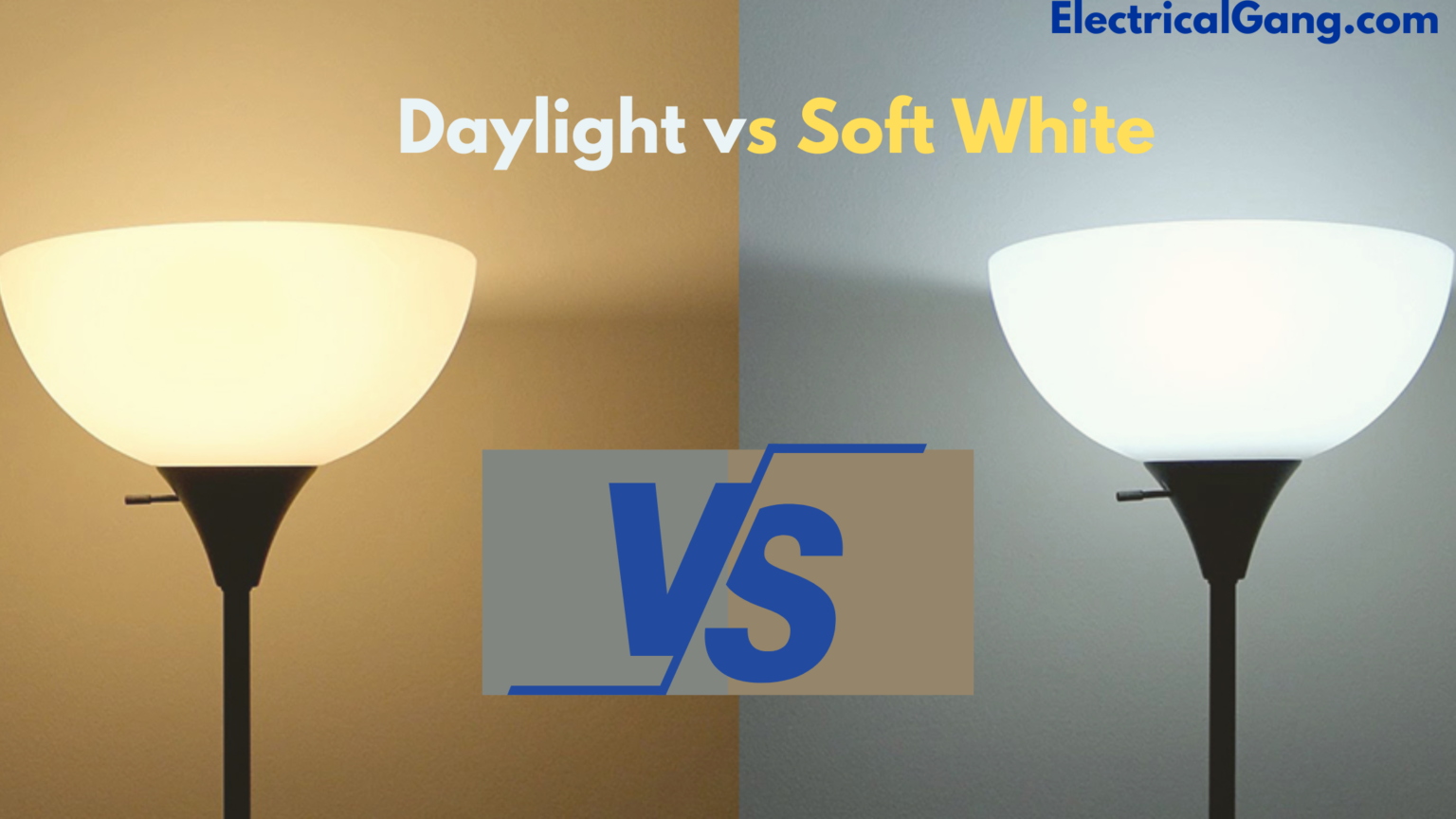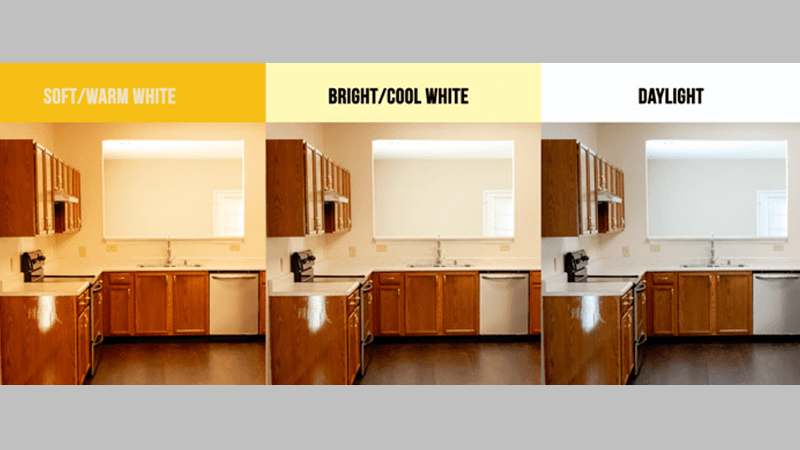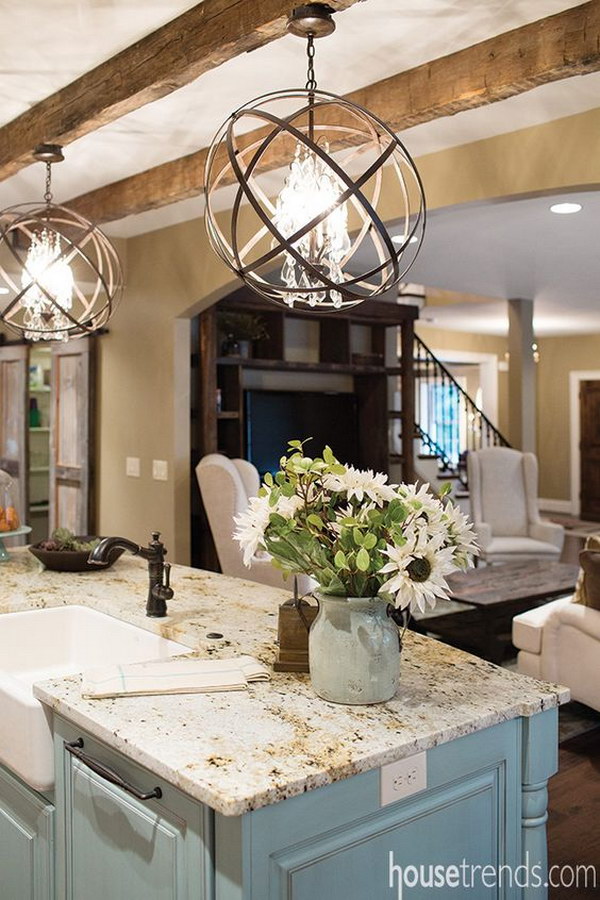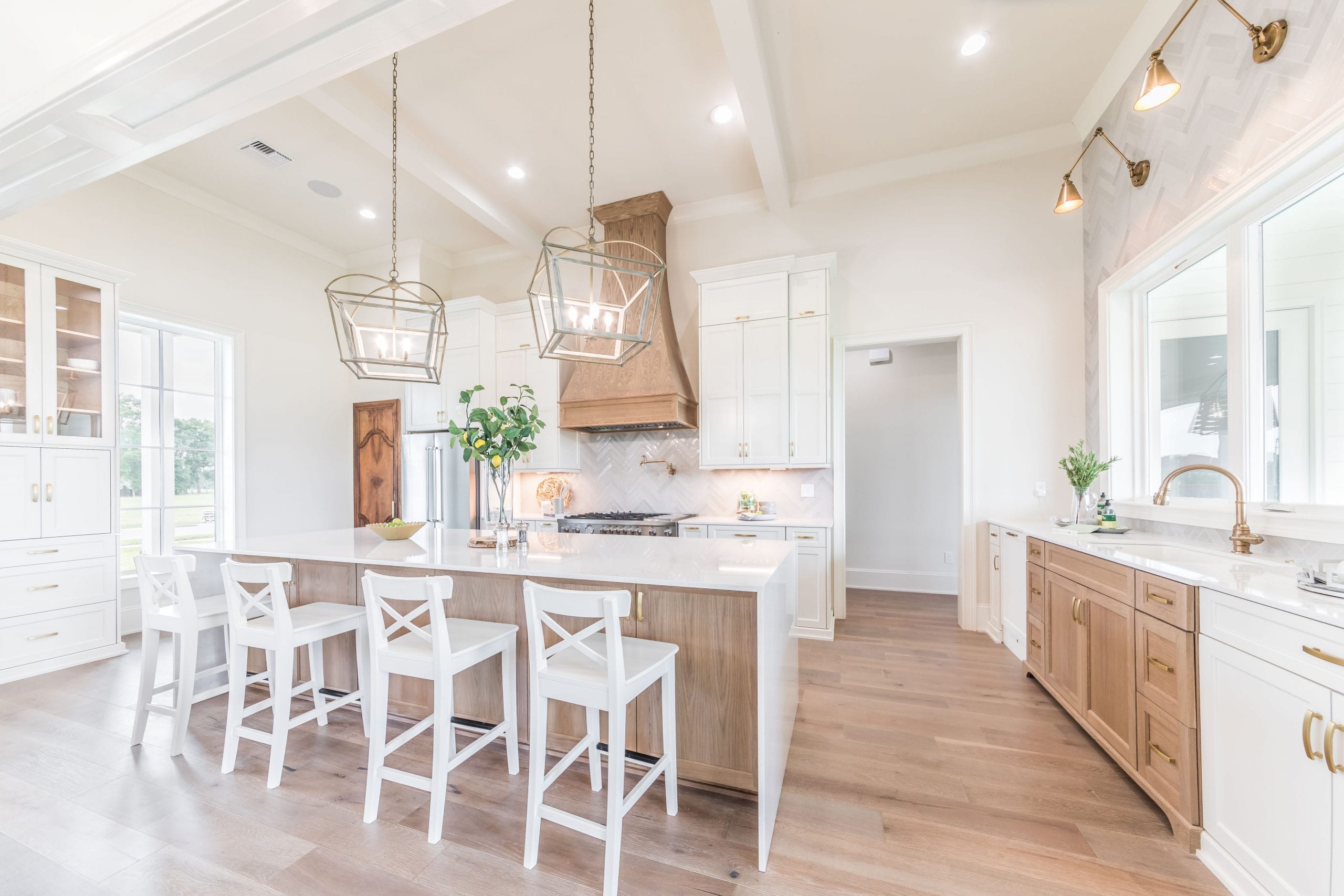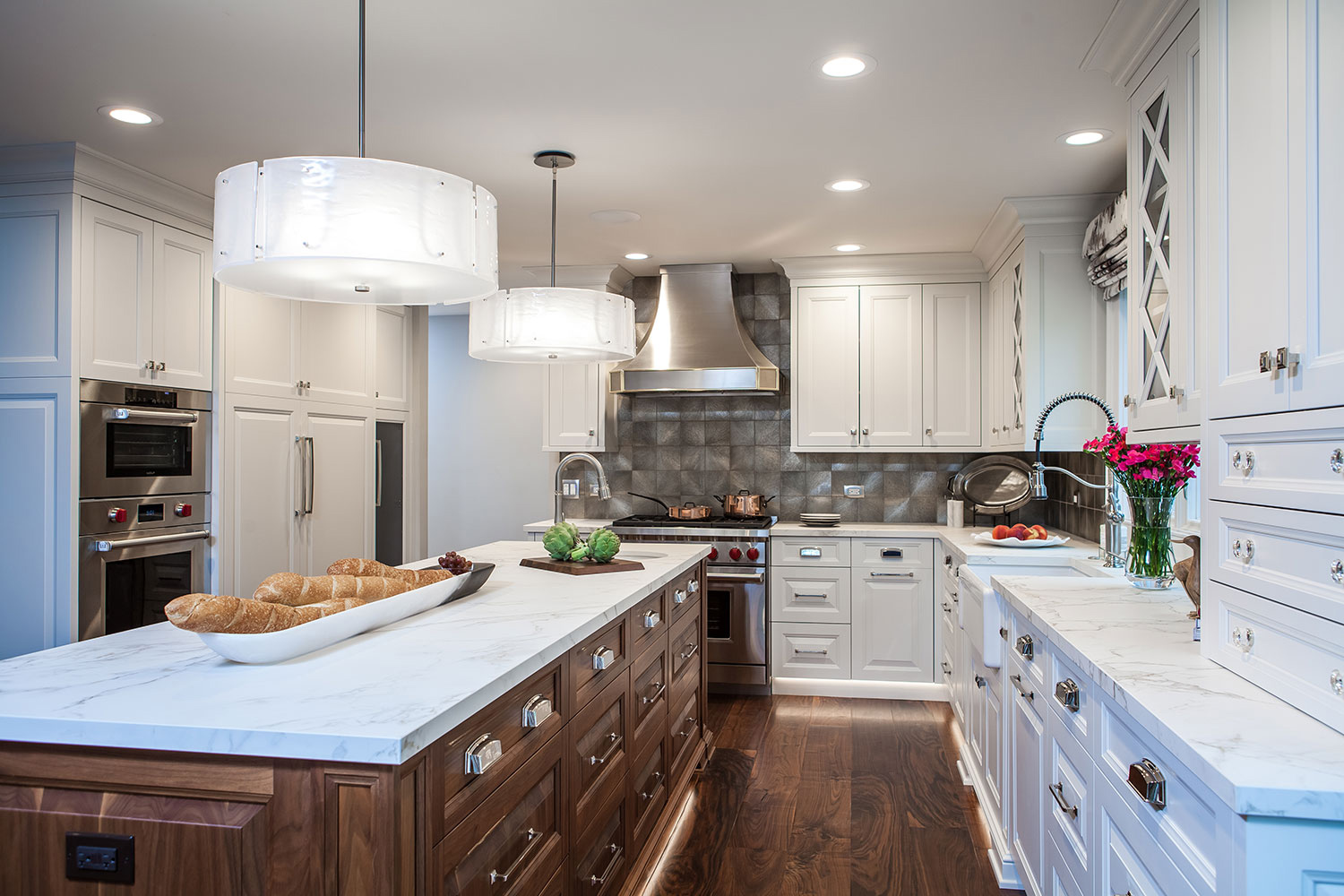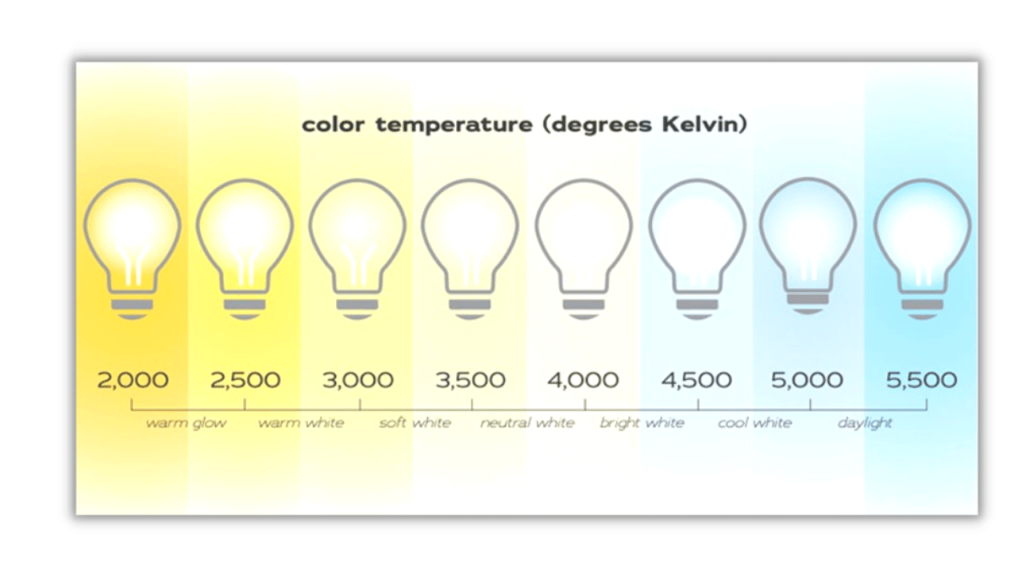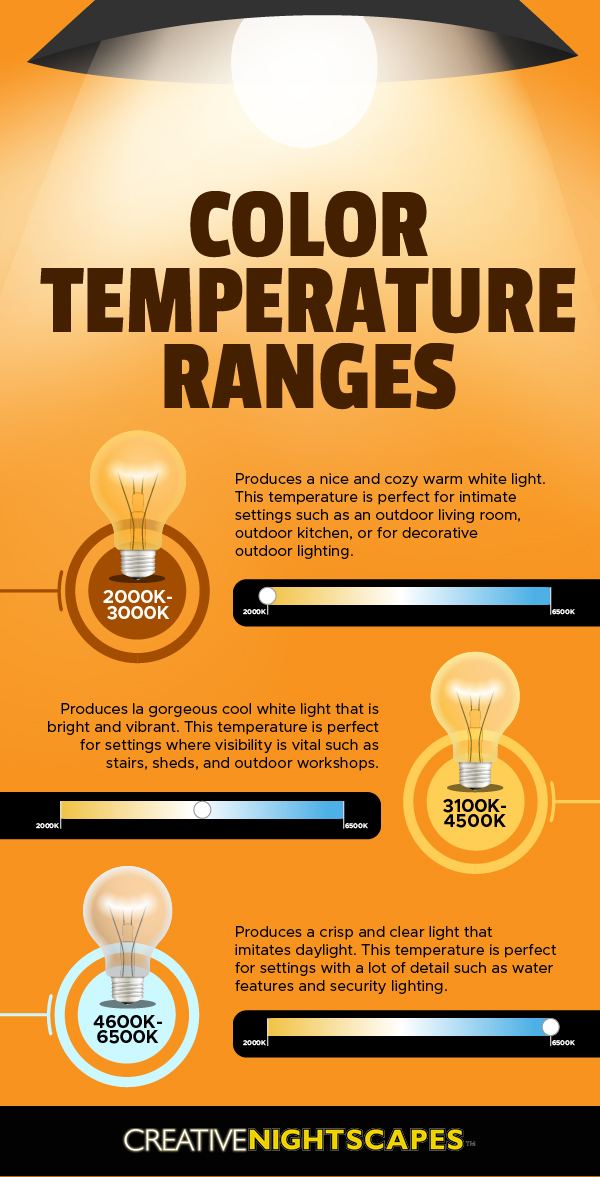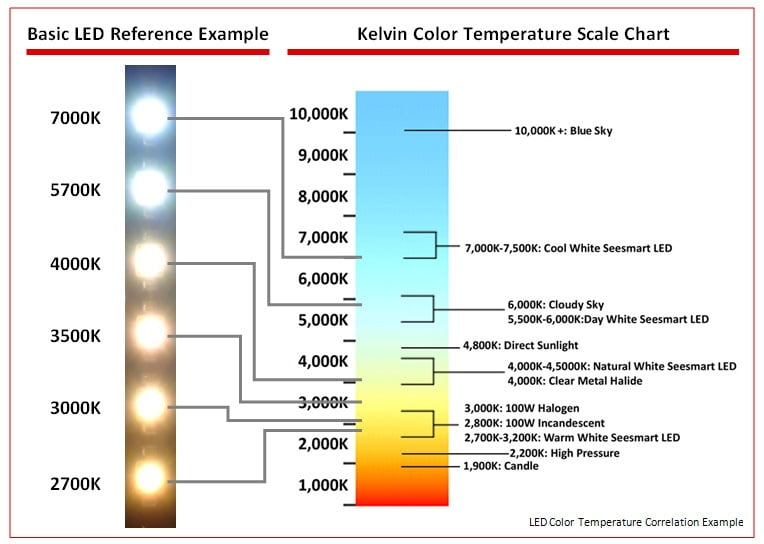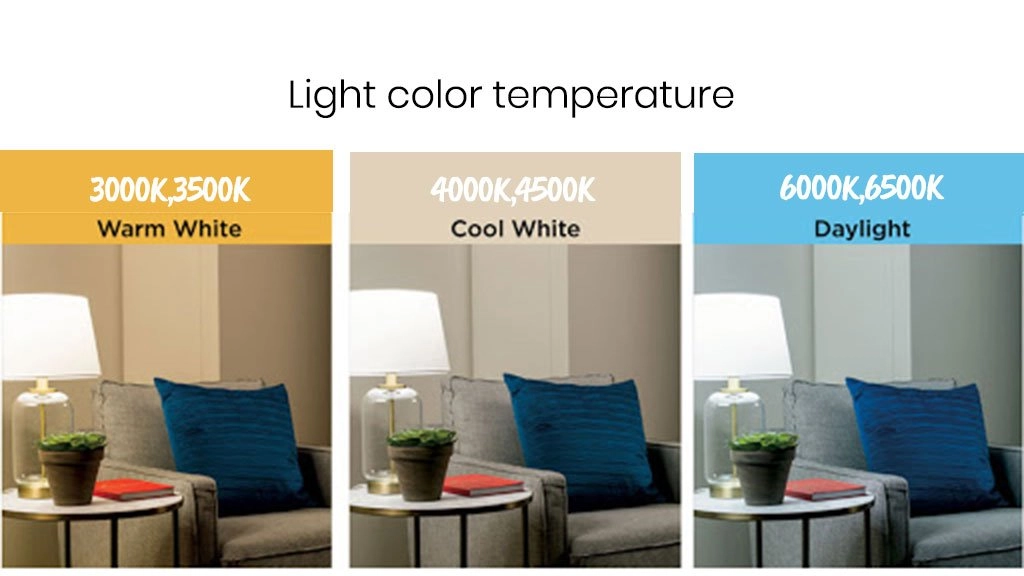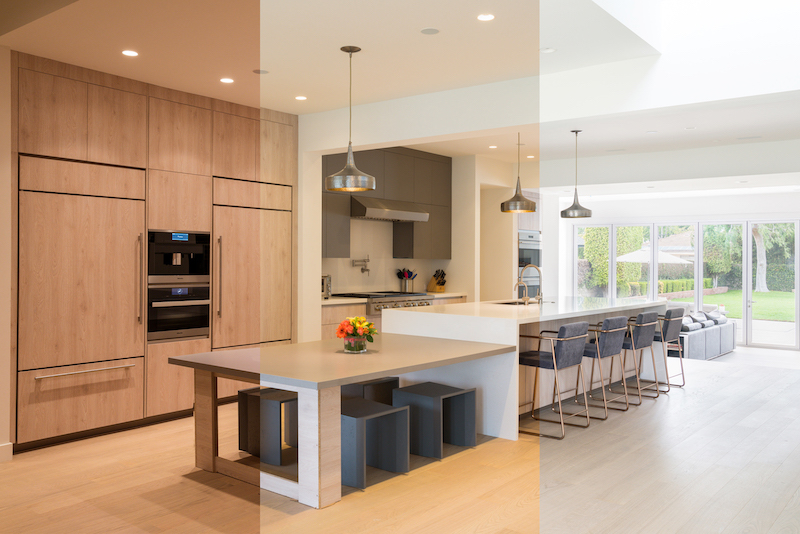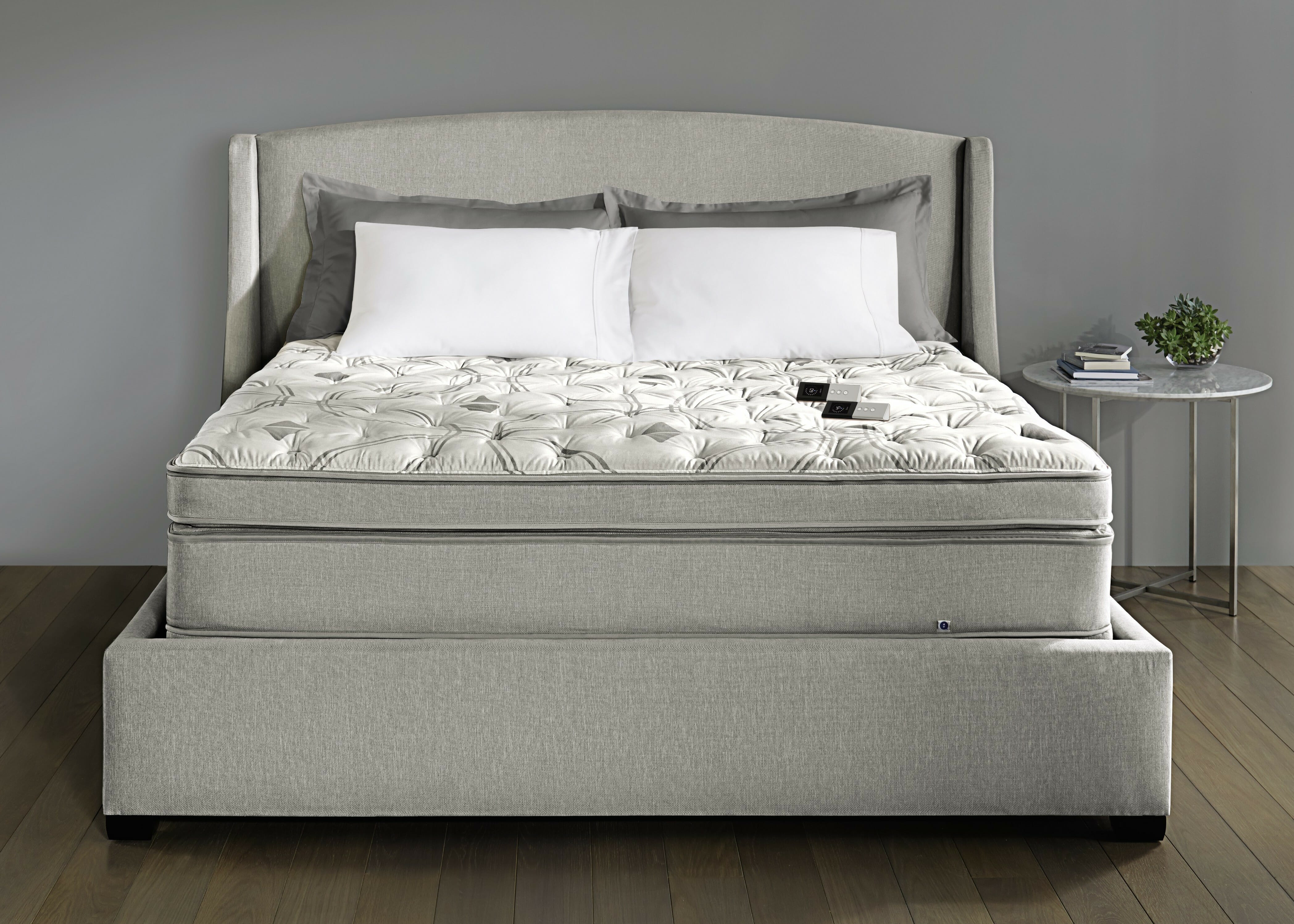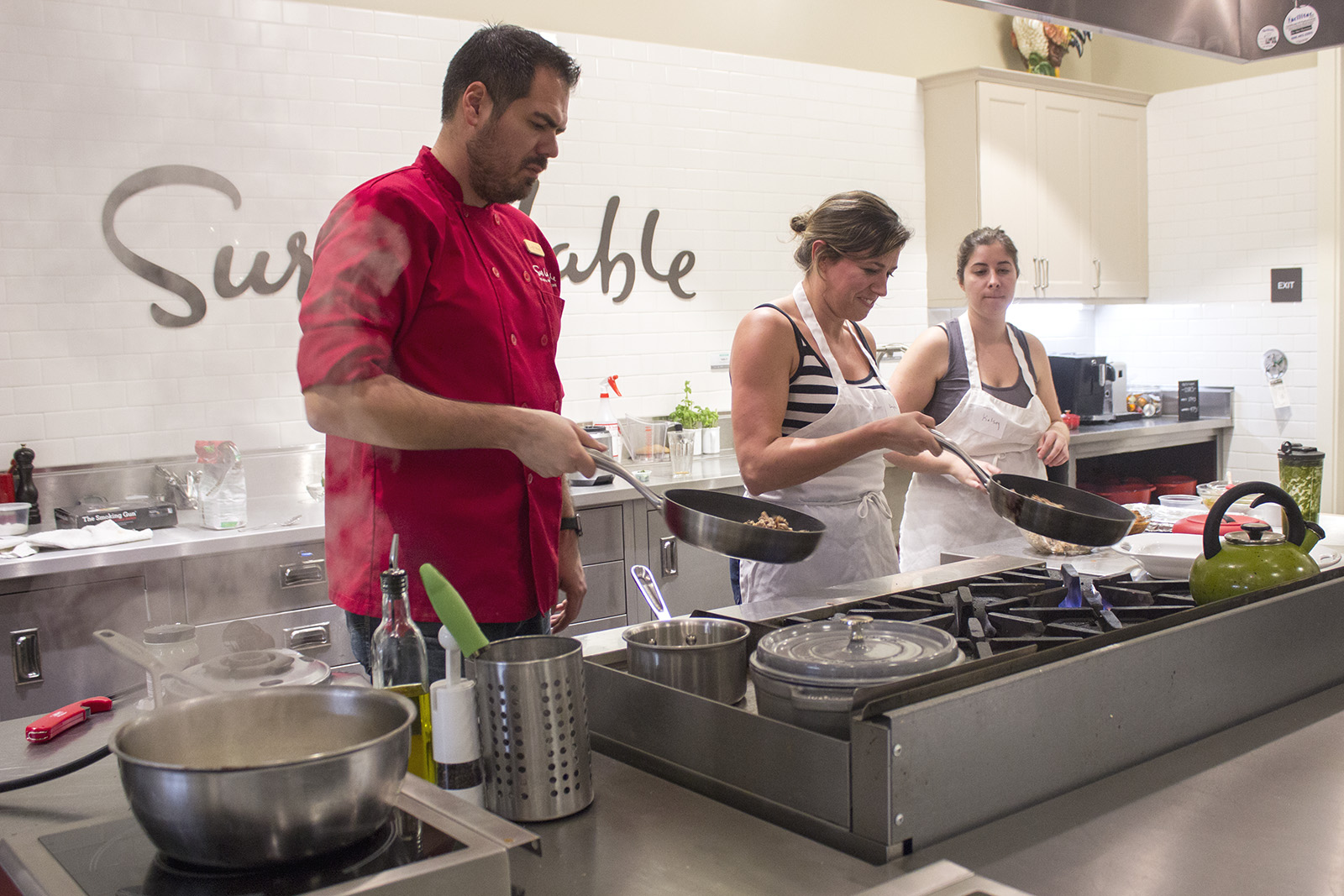When it comes to creating the perfect atmosphere in your kitchen, lighting plays a crucial role. Not only does it provide functionality for cooking and food preparation, but it also sets the mood for family gatherings and entertaining guests. One of the key factors to consider when choosing kitchen lighting is the color temperature, with the most popular being soft white and daylight. In this guide, we will explore the differences between these two options and help you decide which is best for your kitchen.Choosing the Right Color Temperature for Your Kitchen Lighting
Before we dive into which color temperature is best for your kitchen, it's important to understand the difference between soft white and daylight bulbs. Soft white bulbs have a warm, yellowish glow and are often referred to as "warm white" or "2700K." On the other hand, daylight bulbs have a cool, bluish-white tone and are labeled as "cool white" or "5000K." The color temperature is measured in Kelvin (K), with lower numbers representing warmer tones and higher numbers representing cooler tones.Soft White vs Daylight: What's the Difference?
When it comes to choosing the right color temperature for your kitchen, it ultimately comes down to personal preference. However, there are a few factors to consider that can help guide your decision. First, think about the overall style and color scheme of your kitchen. If you have warm, earthy tones, such as wood or beige, then soft white lighting may complement the space better. If your kitchen has a more modern, sleek design with cool colors, like white or gray, then daylight lighting may be a better fit. Another factor to consider is the purpose of your kitchen. If it's primarily used for cooking and meal prep, then daylight bulbs may provide better visibility and make it easier to see colors and details while preparing food. On the other hand, if you use your kitchen for more relaxed activities like entertaining or reading, then soft white lighting can create a more inviting and cozy atmosphere.How to Choose the Right Color Temperature for Your Kitchen Lighting
Now that you have an understanding of the differences between soft white and daylight bulbs, here are some tips for achieving the perfect lighting in your kitchen: 1. Combine both color temperatures. One way to create a balanced and versatile lighting scheme is to use a combination of soft white and daylight bulbs in your kitchen. This allows you to have brighter, cooler lighting for cooking and tasks, while also having a softer, warmer glow for relaxing and entertaining. 2. Use dimmer switches. Installing dimmer switches gives you the flexibility to adjust the brightness and color temperature of your lighting as needed. This is especially useful for kitchens that serve multiple purposes and require different levels of lighting throughout the day. 3. Consider natural light. If your kitchen has plenty of natural light, you may not need to rely as heavily on artificial lighting. This can influence your decision on the color temperature, as softer natural light may pair better with soft white bulbs.How to Achieve the Perfect Lighting for Your Kitchen
As mentioned earlier, the best color temperature for your kitchen ultimately depends on your personal preferences and the specific characteristics of your space. However, some general guidelines can help you make a decision. If you have a traditional or warmer-colored kitchen, soft white bulbs may provide a more inviting and cozy feel. If you have a modern or cooler-toned kitchen, daylight bulbs may complement the space better and provide better visibility for tasks. Ultimately, the key is to find a balance between style and functionality.Soft White vs Daylight Bulbs: Which is Best for Your Kitchen?
If you have decided that soft white lighting is the best fit for your kitchen, here are some tips for creating a cozy and inviting atmosphere: 1. Use multiple light sources. Instead of relying on one overhead light, incorporate multiple sources of soft white lighting throughout your kitchen. This can include under-cabinet lights, pendant lights over a kitchen island, and even table lamps on a countertop or shelf. 2. Add dim lighting. Soft white lighting can create a warm and cozy ambiance when used in lower levels. Consider installing dimmer switches or using lamps with adjustable brightness to achieve this effect. 3. Choose the right fixtures. The type of fixtures you choose can also impact the overall feel of your kitchen. For a cozy and inviting vibe, look for fixtures with warm finishes, such as brass or copper, and those with soft, diffused lighting. Ultimately, the decision between soft white and daylight bulbs for your kitchen lighting is a matter of personal preference and the specific characteristics of your space. By considering factors such as style, purpose, and natural light, you can make an informed decision and create the perfect lighting for your kitchen. So, whether you opt for soft white or daylight, make sure it enhances the functionality and atmosphere of your kitchen. How to Create a Cozy and Inviting Kitchen with Soft White Lighting
Kitchen Lighting: The Importance of Choosing Soft or Daylight Options

Soft vs. Daylight: What's the Difference?
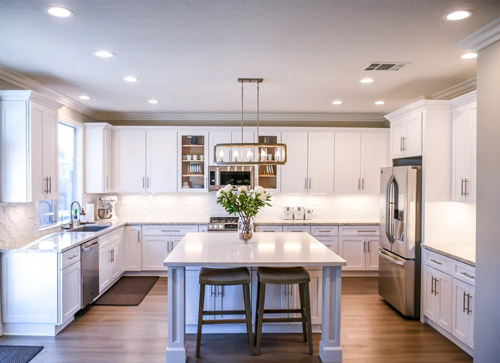 When it comes to designing your kitchen, lighting is often overlooked or considered as an afterthought. However, the type of lighting you choose for your kitchen can play a crucial role in creating a functional and inviting space. One of the key decisions you'll have to make is whether to go for
soft
or
daylight
lighting options. Let's explore the differences between the two and why it matters for your kitchen design.
Soft lighting, also known as warm or ambient lighting, is characterized by its warm and cozy glow. It creates a relaxed and inviting atmosphere, making it perfect for areas where you want to unwind and socialize. On the other hand, daylight lighting, also called cool or task lighting, produces a bright and energizing light. As the name suggests, it mimics natural daylight, making it ideal for areas where you need to focus and be productive.
When it comes to designing your kitchen, lighting is often overlooked or considered as an afterthought. However, the type of lighting you choose for your kitchen can play a crucial role in creating a functional and inviting space. One of the key decisions you'll have to make is whether to go for
soft
or
daylight
lighting options. Let's explore the differences between the two and why it matters for your kitchen design.
Soft lighting, also known as warm or ambient lighting, is characterized by its warm and cozy glow. It creates a relaxed and inviting atmosphere, making it perfect for areas where you want to unwind and socialize. On the other hand, daylight lighting, also called cool or task lighting, produces a bright and energizing light. As the name suggests, it mimics natural daylight, making it ideal for areas where you need to focus and be productive.
The Importance of Choosing the Right Kitchen Lighting
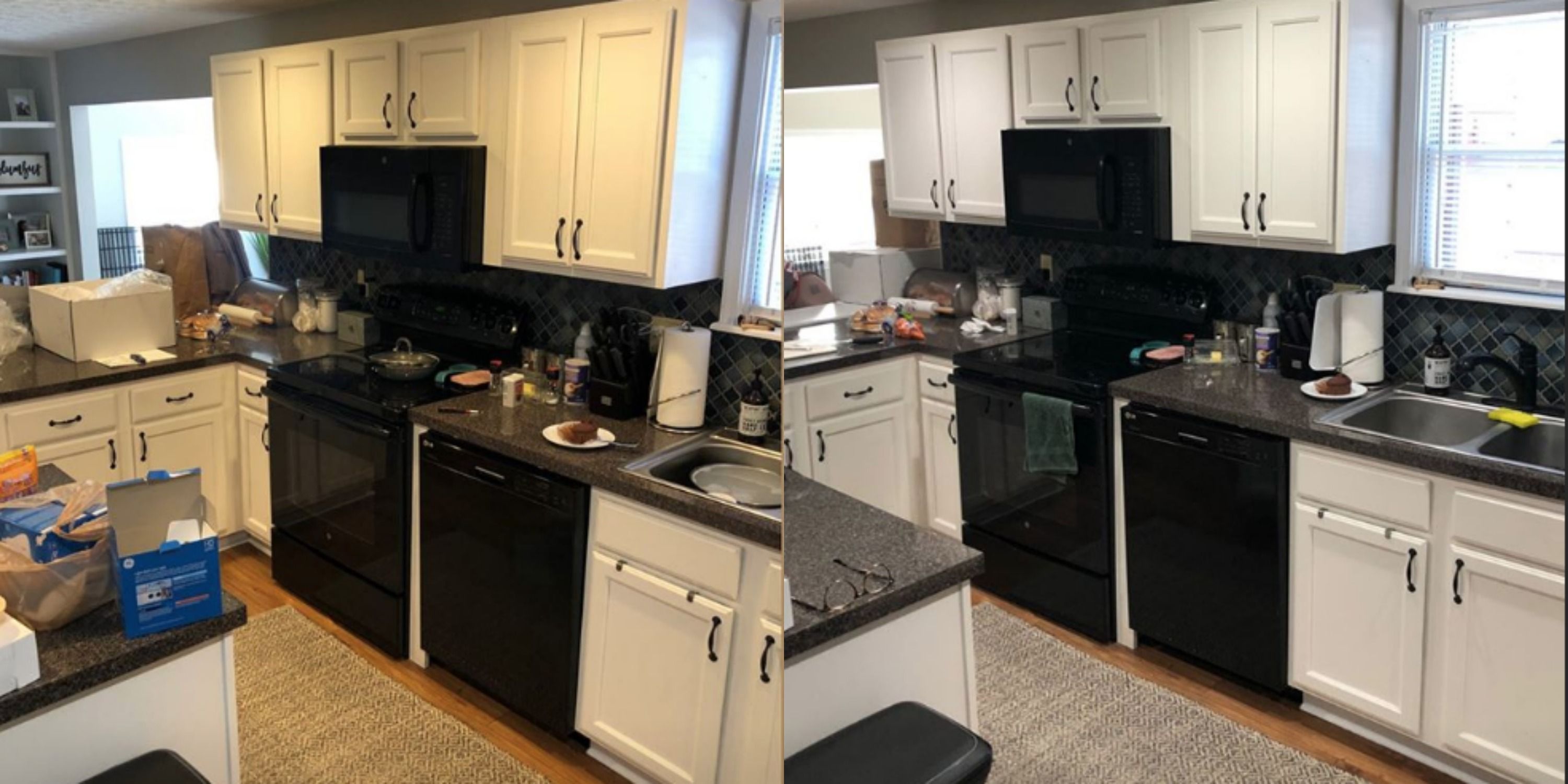 The kitchen is more than just a space for cooking and eating. It's often the heart of the home, where families gather and memories are made. Therefore, the lighting in your kitchen should reflect its multifunctional nature.
Soft lighting
can create a warm and inviting ambiance, making it perfect for family dinners or entertaining guests. It can also make the space feel more intimate and cozy, making it a great option for smaller kitchens.
However,
daylight lighting
is essential for areas where you need to perform tasks like meal prep, cooking, or reading recipes. It provides bright and focused light, helping you see things more clearly and reducing eye strain. This is especially important in kitchens where safety is a top priority. Additionally, daylight lighting can also make your kitchen appear larger and more spacious, making it a great choice for open-plan designs.
The kitchen is more than just a space for cooking and eating. It's often the heart of the home, where families gather and memories are made. Therefore, the lighting in your kitchen should reflect its multifunctional nature.
Soft lighting
can create a warm and inviting ambiance, making it perfect for family dinners or entertaining guests. It can also make the space feel more intimate and cozy, making it a great option for smaller kitchens.
However,
daylight lighting
is essential for areas where you need to perform tasks like meal prep, cooking, or reading recipes. It provides bright and focused light, helping you see things more clearly and reducing eye strain. This is especially important in kitchens where safety is a top priority. Additionally, daylight lighting can also make your kitchen appear larger and more spacious, making it a great choice for open-plan designs.
How to Incorporate Soft and Daylight Lighting into Your Kitchen Design
 Now that you understand the differences between soft and daylight lighting, the next step is to incorporate them into your kitchen design. One way to do this is by layering your lighting. This means using a combination of ambient, task, and accent lighting to create a balanced and visually appealing space. For example, you can use soft lighting for the overall ambiance, add daylight lighting above your workspaces, and incorporate accent lighting for a touch of drama or highlighting certain features.
Another option is to use dimmers, which allow you to adjust the intensity of your lighting. This way, you can switch between soft and daylight lighting depending on your needs and mood. Additionally, consider the placement of your light fixtures. For soft lighting, opt for warm-colored bulbs and fixtures that provide a soft, diffused glow. For daylight lighting, choose cooler-colored bulbs and fixtures that provide focused, task lighting.
In conclusion, when it comes to kitchen lighting, the options of soft or daylight are not mutually exclusive. Incorporating both types of lighting can create a functional, inviting, and visually appealing space. So, take the time to consider your lighting options and choose what works best for your kitchen design.
Now that you understand the differences between soft and daylight lighting, the next step is to incorporate them into your kitchen design. One way to do this is by layering your lighting. This means using a combination of ambient, task, and accent lighting to create a balanced and visually appealing space. For example, you can use soft lighting for the overall ambiance, add daylight lighting above your workspaces, and incorporate accent lighting for a touch of drama or highlighting certain features.
Another option is to use dimmers, which allow you to adjust the intensity of your lighting. This way, you can switch between soft and daylight lighting depending on your needs and mood. Additionally, consider the placement of your light fixtures. For soft lighting, opt for warm-colored bulbs and fixtures that provide a soft, diffused glow. For daylight lighting, choose cooler-colored bulbs and fixtures that provide focused, task lighting.
In conclusion, when it comes to kitchen lighting, the options of soft or daylight are not mutually exclusive. Incorporating both types of lighting can create a functional, inviting, and visually appealing space. So, take the time to consider your lighting options and choose what works best for your kitchen design.
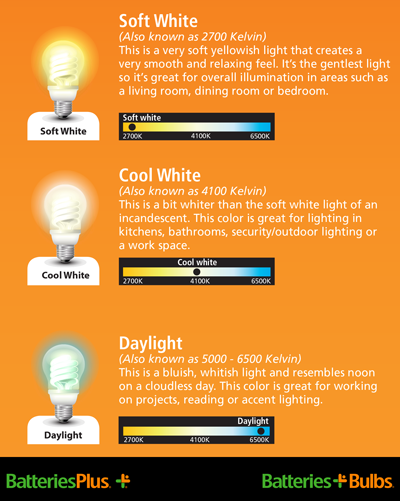
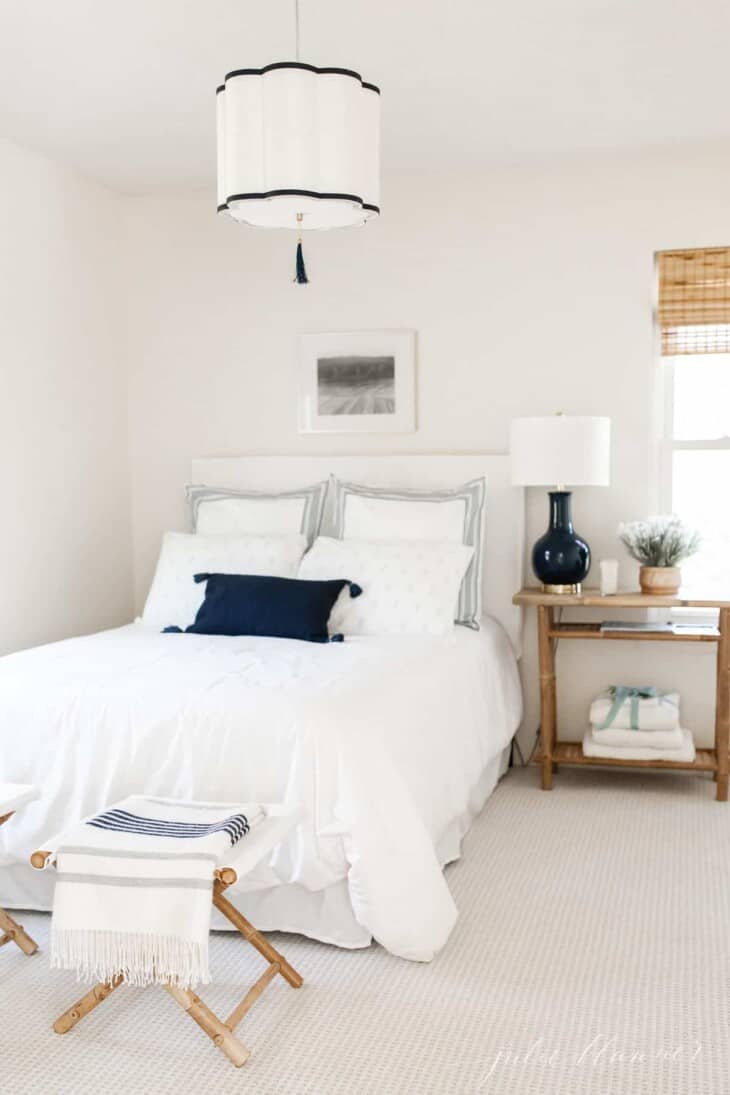
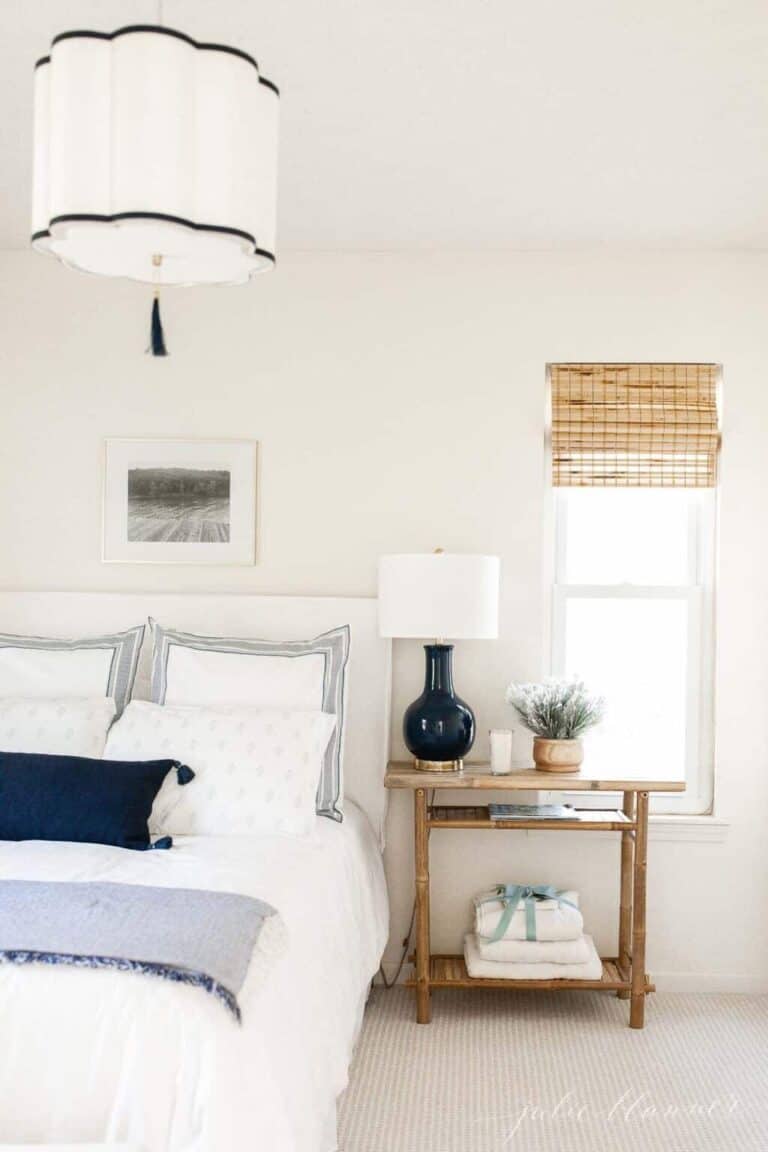


:max_bytes(150000):strip_icc()/SPR-soft-white-vs-daylight-bulbs-7152760-17f48efdc5c14e78b8707e0decce21c9.jpg)

